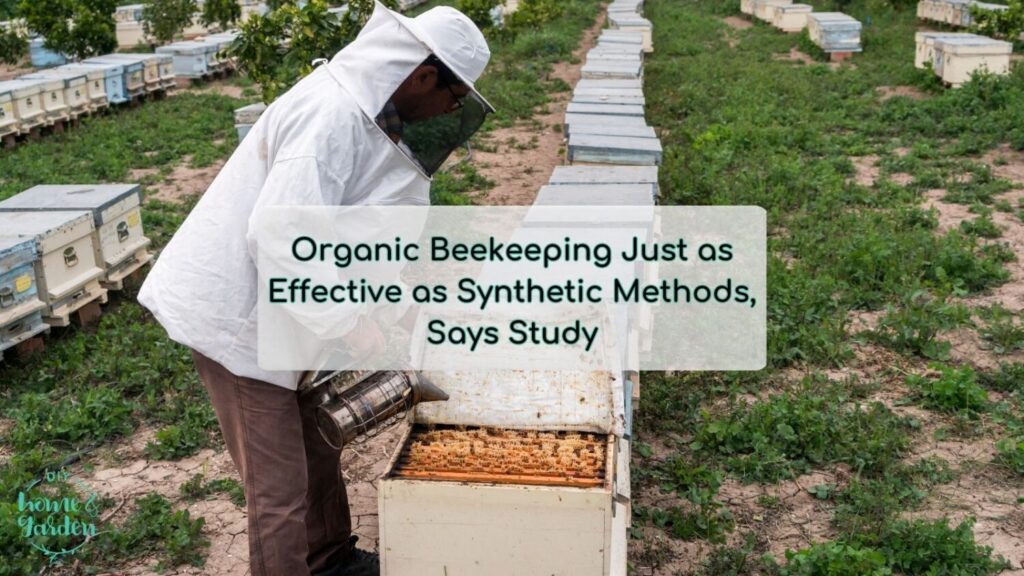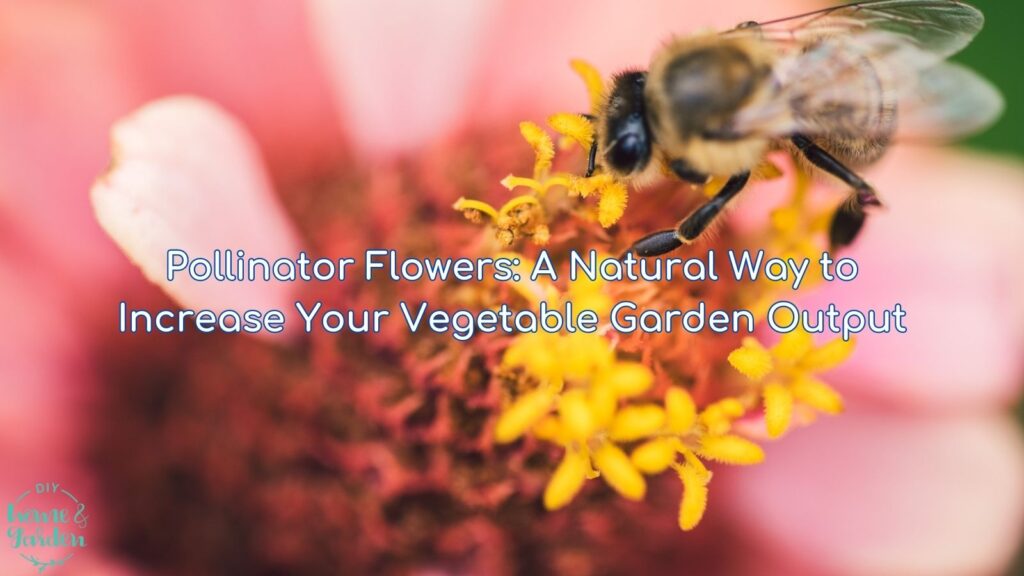The impact of building cities has a devastating impact on pollinators.
Urbanization is a global phenomenon that is reshaping the world’s landscapes. As cities expand, they encroach upon the natural habitats of many animal species, leading to significant changes in biodiversity. Among the most affected are pollinators, such as butterflies and wild bees, whose existence is crucial for maintaining a thriving ecosystem and ensuring human food security. A recent study conducted by the Martin Luther University Halle-Wittenberg (MLU) and the Chinese Academy of Sciences has shed light on the extent of this impact and the resilience of these pollinators in the face of urban growth.
The Study on How Cities Are Extinguishing Pollinator Colonies
The study, published in “Ecology Letters,” is the first comprehensive analysis of the subject, incorporating data from 133 studies. It provides a global overview of the effects of urbanization on pollinators and their pollination performance, covering all continents except Antarctica. The research was led by biologist Dr. Panagiotis Theodorou from MLU and researchers from the Chinese Academy of Sciences.
The Findings
The study results are clear: as urbanization increases, the abundance and biodiversity of many pollinators decrease. However, the impact is not uniform across all pollinator groups. Butterflies, for instance, are hit hardest by urban growth. Their populations are declining due to shrinking habitats and reduced food availability. Butterflies are particularly susceptible to environmental changes as they depend on concrete plants for their nutrition and larval development. As these plants become less prevalent in cities, butterfly populations correspondingly decrease.
Wild bees that fly early in spring are also significantly affected. These bees feed on the nectar and pollen of early flowering plants, which are becoming less common in urban areas. Moreover, wild bees nest in the ground and often lack suitable city breeding sites, leading to declining populations.
Interestingly, the study found that reducing pollinator diversity does not necessarily decrease pollination performance. Pollinators continue to pollinate plants effectively, ensuring sufficient seed production for propagation. This resilience is largely attributed to honeybees and bumblebees, which compensate for the reduction in urban pollinator diversity. Honeybees, in particular, are very productive and are often kept by hobby beekeepers in many urban areas.
However, this compensation mechanism is not without its drawbacks. Honeybees can displace other native pollinators and transmit diseases to wild pollinators, potentially exacerbating the decline of these species.
Implications and Recommendations
The findings of this study underscore the importance of nature conservation measures in urban areas. They provide valuable insights for protecting biodiversity and promoting sustainable urban development. For instance, the study found that cities with a greater diversity of flowers usually house more diverse types of pollinators. This suggests that urban planning and design can significantly mitigate the negative effects of urban growth on pollinators.
“If we design our cities better in terms of what they offer to pollinators, we can at least compensate for some of the negative consequences of urban growth,” concludes Dr. Theodorou. This could involve creating more green spaces, planting a wider variety of flowers, and providing suitable breeding sites for ground-nesting bees.
The Chinese Academy of Sciences and the National Natural Science Foundation of China partly funded the study. Its findings are a stark reminder of the interconnectedness of urban development and biodiversity and the need for more sustainable practices to protect our planet’s pollinators.
Final Thoughts on the Decline of Pollinator Colonies
The intricate dance between urban development and biodiversity is a delicate one. As we continue to expand our cities, we must also remember the silent workers – the pollinator colonies. These tiny helpers are crucial in maintaining our ecosystems’ health and food security. The decline of butterflies and certain wild bees due to urbanization is a stark reminder of the consequences of our actions. Yet, the resilience of these pollinators, particularly honeybees, and bumblebees, also gives us hope.
The findings of this study underscore the importance of thoughtful urban planning and design. By creating more green spaces, planting a wider variety of flowers, and providing suitable breeding sites for ground-nesting bees, we can help mitigate the negative impacts of urban growth on pollinators. These actions are not just beneficial for the pollinators but also for us, as they contribute to a healthier and more vibrant urban environment.
As we move forward, let’s remember that we can play a part in this. Whether it’s planting a pollinator-friendly garden, supporting local beekeepers, or advocating for sustainable urban development, every action counts.
At DIY Home & Garden, we know that gardeners are the best stewards–on the front lines of helping these pollinator colonies. We invite you to follow us for more information on creating a thriving garden and healthier ecosystem. Together, we can make a difference for our pollinators and our planet. Follow us for more insights and tips on gardening, biodiversity, and sustainable living. We also invite you to join us on MeWe for fun gardening memes and more inspiration.



